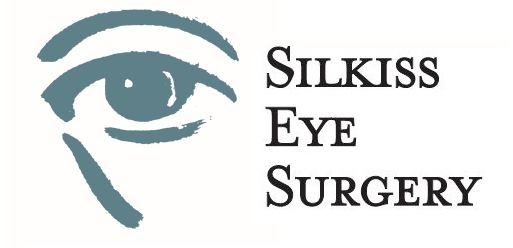COSMETIC SURGERY
Upper Eyelid Blepharoplasty
(Eyelid Lift)
Lower Eyelid Blepharoplasty
(Lower Eyelid Bags)
Asian Eyelid Surgery
(Double Eyelid)
NON-SURGICAL COSMETIC OPTIONS
RECONSTRUCTIVE SURGERY
Ptosis (Drooping Upper Eyelids)
Eyelid Malpositions
(Ectropion & Entropion)
Eyelid Skin Cancer
and Reconstruction
Chalazion, Stye, and Skin Tags
Tearing and Lacrimal System
(Tear Duct)
Thyroid Eye Disease
(Graves' Disease)
Prosthetic Eye &
Eye Socket Surgery
Congenital Ptosis and Pediatric Conditions
Facial Paralysis (Bell's Palsy)
Benign Essential Blepharospasm (Eyelid Spasms)
Trauma (Eyelid Lacerations &
Orbital Fractures)
FACIAL PARALYSIS (BELL'S PALSY)
Facial paralysis occurs when the facial nerve, which controls the facial muscles, stops functioning or weakens. Facial paralysis has many possible causes, the most common include Bell's palsy (unknown cause), stroke, previous brain surgery, infection, trauma, or a tumor. When the facial muscles around the eye become weak or paralyzed, the health of the eye may be compromised. Typical findings and management of facial paralysis include:
Brow drooping - Brow drooping may be corrected surgically with a brow lift, which may be performed several different ways.
Incomplete eyelid closure (Lagophthalmos) - When the eyelids can't close all the way, the cornea (clear, central part of the eye) will become dry and may develop scarring and infections, leading to blindness if not treated. Incomplete eyelid closure may be treated initially by lubricating drops and ointment. If that is not enough, surgical intervention is warranted. The outside corners of the eyes may need to be sutured together to allow for more closure. This procedure is called tarsorrhaphy. Our doctors perform a type of tarsorrhaphy that can stay in place indefinitely, while at the same time can be undone at any time. Other eyelid procedures may also be performed to aid eyelid closure.
Poor or absent blinking - If there is some blink still intact, a gold or platinum weight may be surgically implanted into the upper eyelid. The weight may allow for improved eye closure.
Lower eyelid laxity, ectropion, and retraction - Lower eyelid weakness may result in a lower eyelid that is loose, turns out, and/or rests lower on the eye (eyelid retraction). Surgery is required to tighten the eyelid, and return it to a normal position. Ectropion repair or retraction repair may be required.
Patients with facial paralysis may have some or all of these problems depending on the severity and duration of the paralysis. Our doctors will discuss their assessment with you and go over your personal plan and what to expect after surgery during your preoperative visit.

